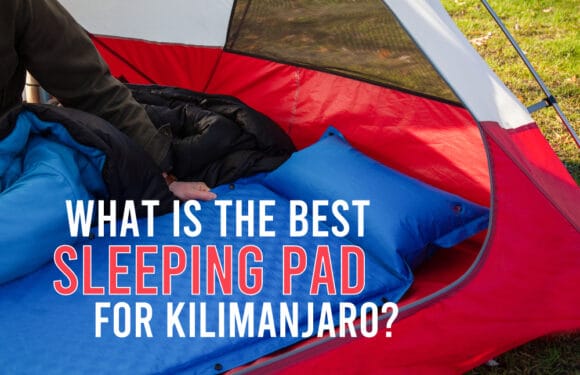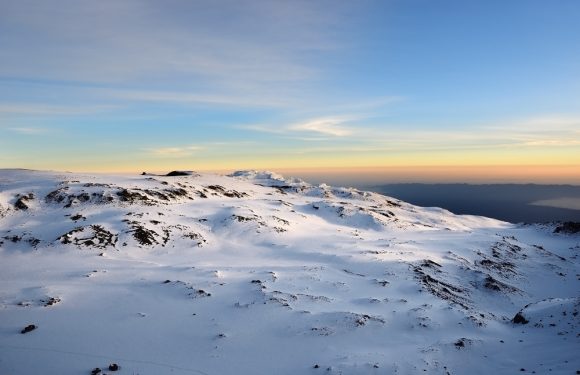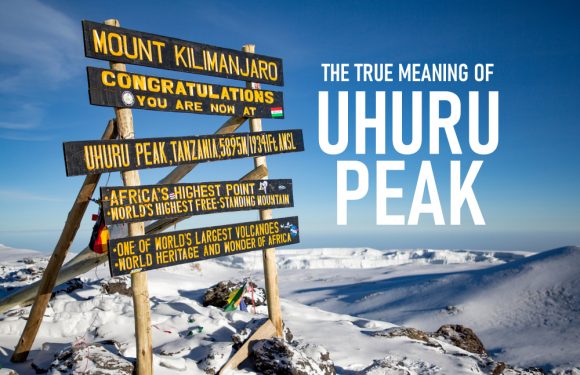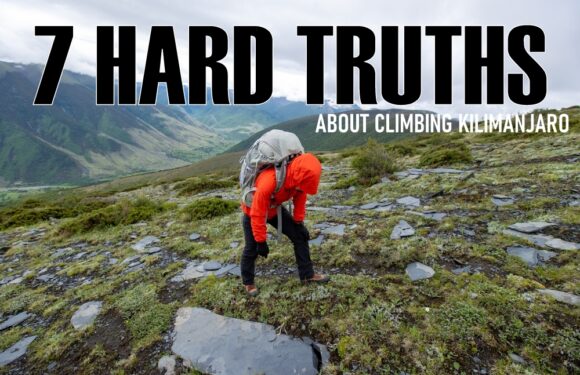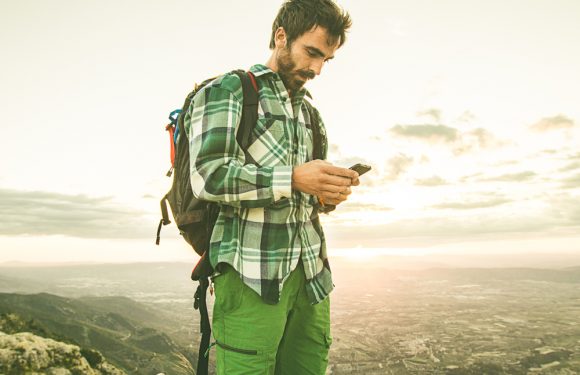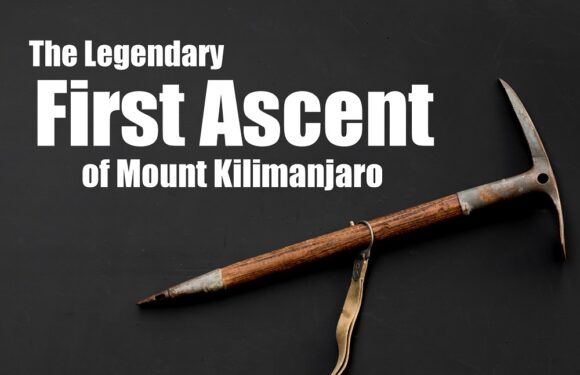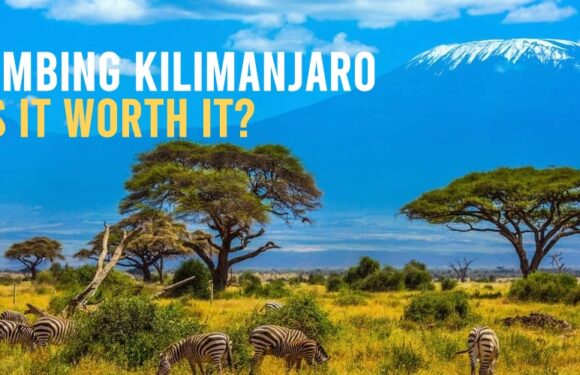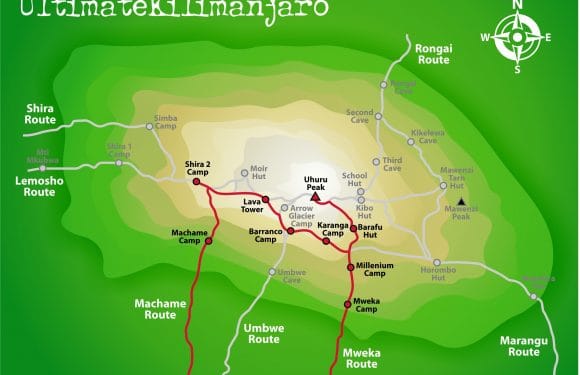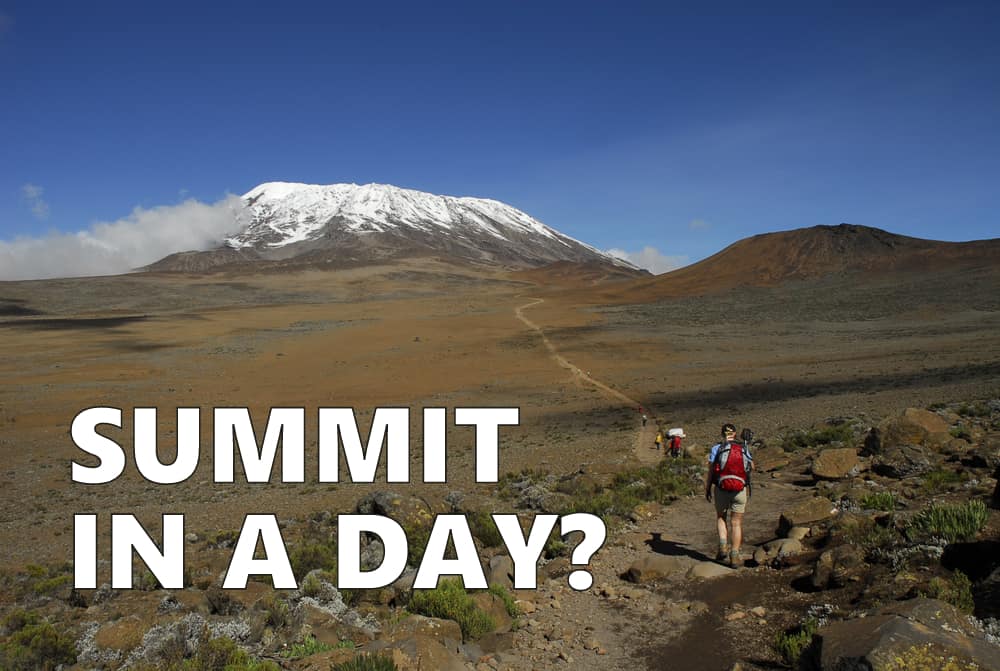
A question that arises every now and then is whether it is feasible to climb Kilimanjaro in a single day. Some of those inquiries are from people who want to summit and descend in that time frame while others are from people who want to do a day hike.
In this article, we’ll examine both scenarios.
Summiting in a Day
It is possible to summit Kilimanjaro in a day. But, this feat is reserved for elite athletes who are well trained and, most importantly, are already 100% acclimatized to mountain’s high altitude.
Some notable individuals who have made speed ascents on Kilimanjaro include:
- Karl Egloff – This athlete, mountaineer, cyclist, and mountain guide set the current record for the fastest ascent and descent of Kilimanjaro in 2014, completing the challenge in 6 hours 42 minutes. He made it to the summit in just 4 hours and 56 minutes.
- Kílian Jornet – Before Egloff, Spanish ultrarunner and mountain athlete Kílian Jornet held the record for the fastest known time to climb Kilimanjaro, achieving the roundtrip in 7 hours and 14 minutes in 2010.
- Simon Mtuy – This Tanzanian endurance runner and mountain guide holds the record for the fastest unsupported ascent and descent at 9 hours 21 minutes.
- Kristina Schou Madsen – The Danish ultrarunner is the fastest woman to climb Kilimanjaro. She reached the summit in 6 hours 52 minutes in 2018.
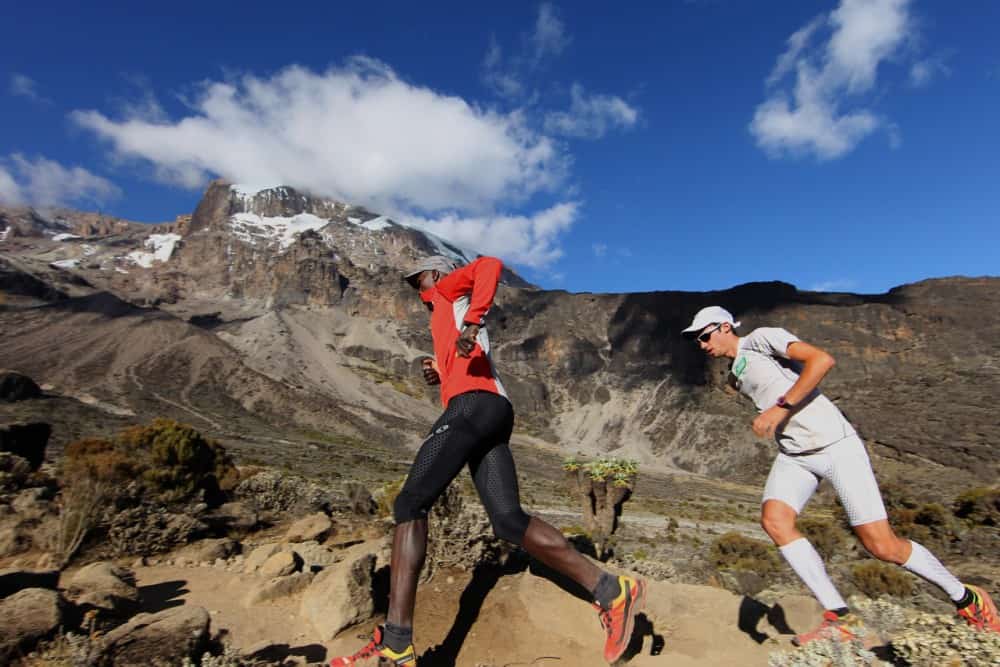
These speed records on Kilimanjaro show it is humanly possible to summit Kilimanjaro in a day. However, it is important to note that these are exceptional athletes who performed these feats under optimal conditions. Top level physical fitness, extensive acclimatisation, and technical experience is what enabled these people to succeed.
For the average hiker, attempting to summit Kilimanjaro in a day is not only unrealistic (and nearly impossible), but also perilous. The primary concern is acclimatization. Without sufficient time to adjust to the altitude, hikers expose themselves to severe altitude sickness, which can be life-threatening.
A Day Hike on Kilimanjaro
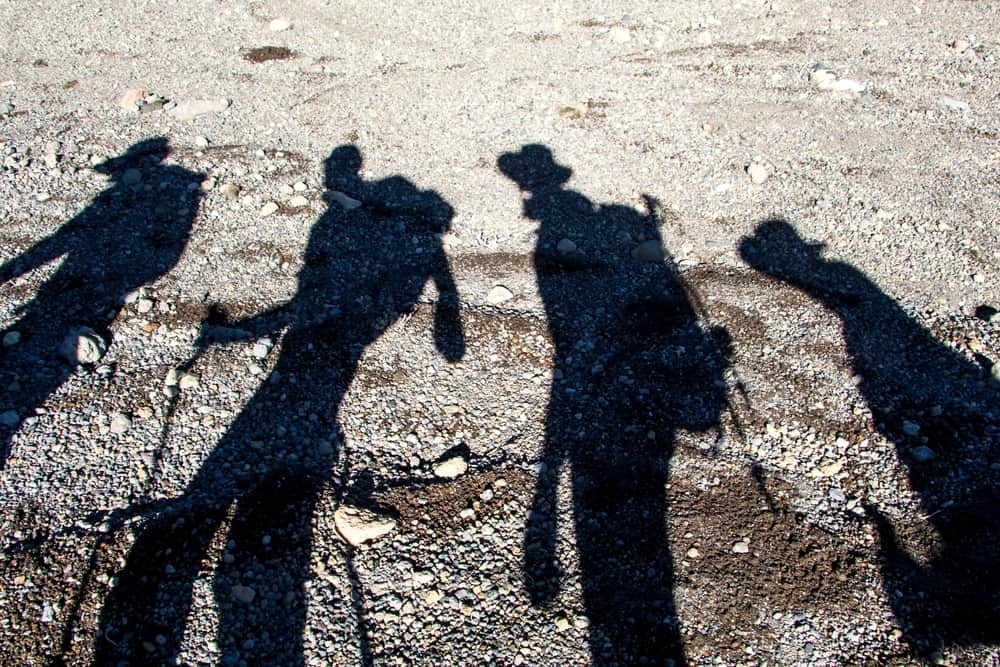
A more sensible and safe option for those with time constraints is to do a day hike on Kilimanjaro. This allows hikers to experience the mountain’s lower slopes, but will take not them anywhere near the summit. Day hikes on Kilimanjaro can be done on various routes including Marangu, Machame, Lemosho, and Shira. These trips start at their respective trailheads and allow people to trek for several hours, have lunch, and return before dark.
In the montane rainforest, hikers have the opportunity to see diverse flora and animal life, including sightings of colobus monkeys, blue monkeys, chameleons, and crested turacos. In the heathland zone, look for Kilimanjaro’s unique plant species such as giant groundsels, giant lobelias, and wildflowers.
Ultimate Kilimanjaro does not offer day hikes on Kilimanjaro.
How Long Does It Normally Take to Climb Kilimanjaro?
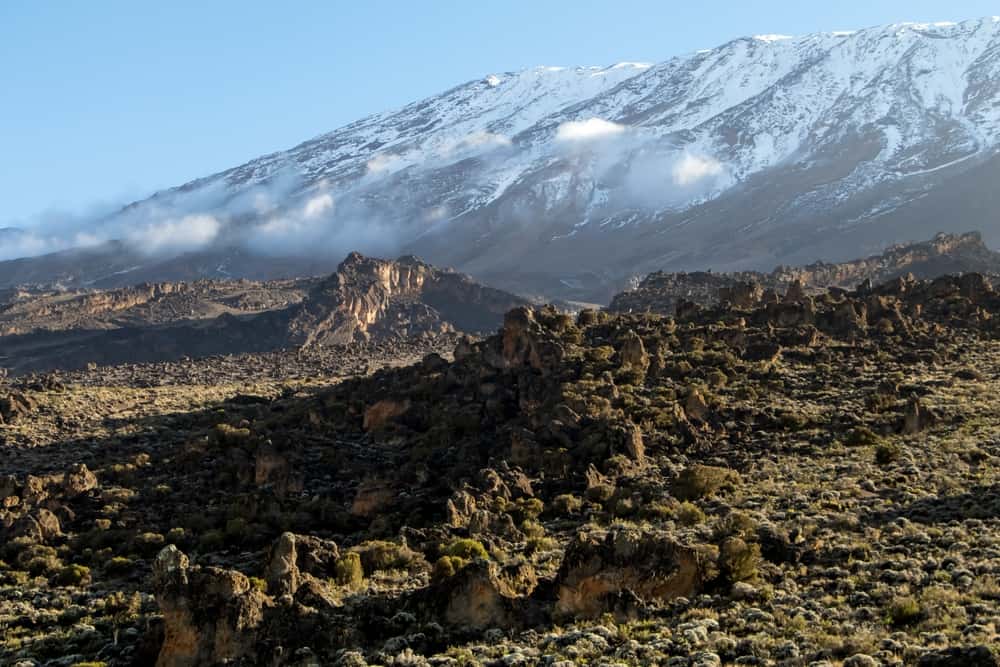
There are several established routes on the mountain. The duration for the main routes span between 5 to 9 days. These itineraries allow climbers to acclimatize gradually, more or less, to the high altitude. This significantly reduces the risk of altitude sickness and increases the margin of safety. The longer routes have the highest success rates and are the preferred paths for tackling the summit.
Adequate acclimatization, which allows the body to adjust to the lower oxygen levels over time, is essential for minimizing the effects of high altitude and preventing altitude sickness.
The Dangers of High Altitude
The Society of Mountain Medicine categorizes high altitude in the following way:
- High altitude = 1500 to 3500 meters above sea level (4900-11500 ft.)
- Very high altitude = 3500 to 5500 meters above sea level (11500 to 18000 ft.)
- Extreme altitude = above 5500 meters above sea level (18000 ft.)
Mount Kilimanjaro is 19,341 feet (5,895 meters) tall, which puts the summit in the exteme altitude level. At these altitudes, the drop in atmospheric pressure means that even with full inhalation, the lungs absorb far less oxygen than they would at sea level. This reduced oxygen availability can lead to low levels of oxygen in the blood, or oxygen desaturation.
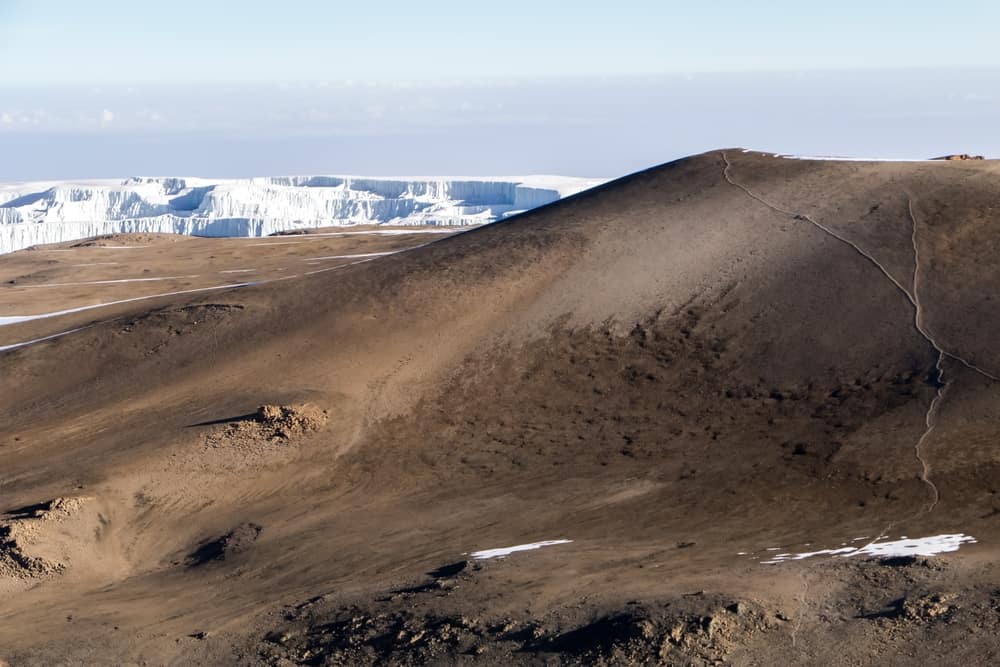
Altitude sickness, also known as acute mountain sickness (AMS), is a direct consequence of the body’s inability to quickly adapt to the lower oxygen concentration. Their bodies struggle to compensate, leading to symptoms such as headache, nausea, dizziness, fatigue, and difficulty sleeping. Without sufficient oxygen, bodily functions begin to suffer, particularly affecting the brain and muscles, which are highly sensitive to changes in oxygen levels.
While the idea of conquering Kilimanjaro in a day is interesting, for almost everyone, it isn’t possible. The journey to the summit is best undertaken over several days. For those who don’t have much time, a day hike on one of Kilimanjaro’s primary routes is viable.



















































